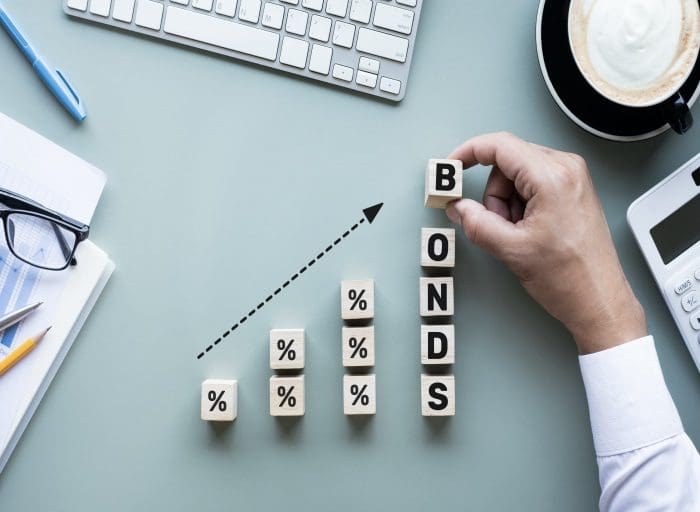Is it time to invest in I-Bonds? If you have ever thought about investing your money in government secured I-Bonds, now might be a great time to dive in. I-Bonds offer inflationary adjusted returns and are a great option for individual investors to park some of their hard earned cash in a guaranteed instrument that offers the safety and protection of the the US government. Up until a few weeks ago, I hadn’t really thought about government bonds as a useful investing tool as I suspected you couldn’t get much of a return on them. But because I-Bonds are pegged to inflation, they are becoming a much more attractive tool for savers these days, especially now with inflation soaring to record levels.
How much interest can you earn from I-Bonds?
The current yield on I-Bonds is 9.62%. These bond instruments have variable interest rates that are re-calculated once every six months and are typically set in May and November of each year. Your I-Bond portfolio earns interest at the prevailing rate and will protect your money against inflationary pressure during varying economic cycles while paying you a set amount of interest each month. These bonds are special because they also compound once every six months and continuously increase in value the longer you hold them.
CLAIM IT TEXAS! GET YOUR UNCLAIMED MONEY NOW
How to invest in I-Bonds
Investing in I-Bonds is relatively simple. Just open an account at TreasuryDirect.gov and transfer however much you want (up to $10,000 annually) into your account. You can also buy an additional $5,000 in paper I-Bonds for a total of $15,000 annual investment. I-Bonds are sold in any denomination over $25 dollars, while paper bonds are only issued in denominations of $50, $100, $200, $500, and $1000.
How to cash in I-Bonds
I-Bonds are longer-term investments and are structured that way to encourage savings. They must be held for at least a year before cashing them in. You will incur a three month interest penalty if you cash them in between years 2-5, and there is no penalty for cashing them in after year 5. Whenever possible, you should hold your I-bonds for the full term of 5 years to protect the interest that you’ve gained on your investment.
Who should invest in I-Bonds?
After you’re sure that you have all of your monthly obligations covered plus a cash-reserve for at least a year of living expenses, you should consider I-Bonds for at a least a portion of your portfolio. With the federal reserve raising interest rates and the stock and bond markets doing terribly, I-Bonds are an attractive alternative to park some of your cash. Personally, I’m investing between 3% and 5% of my net income in I-Bonds. Each person considering this investment will have to assess their own personal financial situation to determine the amount they would like to invest.
Who else like I-Bonds?
If you don’t believe me, listen to what Suze Orman has to say about I-Bonds. She’s apparently been holding them in her portfolio since 2001!
